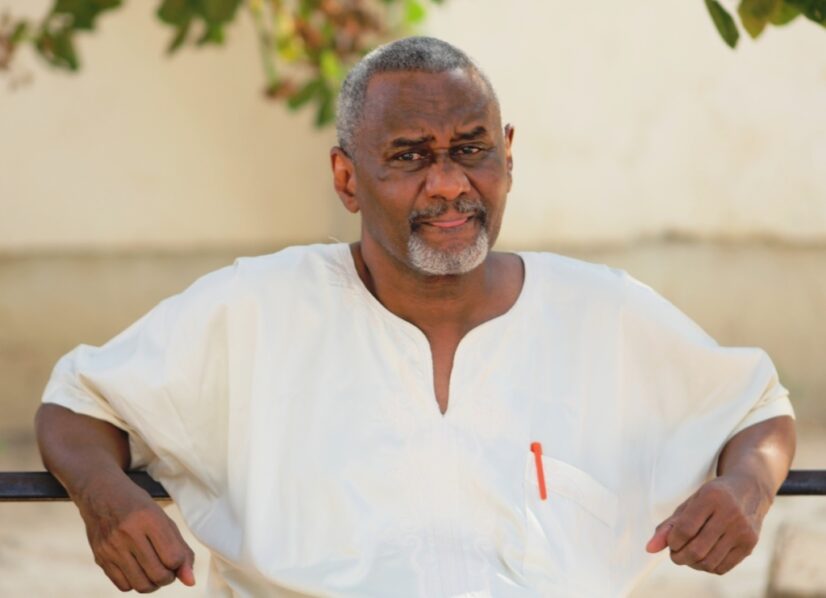The Bulletin of Atomic Scientists has decided not to move the second hand on its Doomsday Clock. As of Jan. 20, 2022, the clock is still less than two minutes to midnight. The group is also commemorating the 75th anniversary of the Doomsday Clock, which was founded in 1947 by University of Chicago scientists who worked on the Manhattan Project. The Doomsday Clock is known globally as a gauge of how close the world could be to the apocalypse. The 2022 statement by Bulletin of the Atomic Scientists editor John Mecklin, reads, in part:
Last year’s leadership change in the United States provided hope that what seemed like a global race toward catastrophe might be halted and — with renewed U.S. engagement — even reversed. Indeed, in 2021 the new American administration changed U.S. policies in some ways that made the world safer: agreeing to an extension of the New START arms control agreement and beginning strategic stability talks with Russia; announcing that the United States would seek to return to the Iran nuclear deal; and rejoining the Paris climate accord. Perhaps even more heartening was the return of science and evidence to U.S. policy making in general, especially regarding the COVID-19 pandemic. A more moderate and predictable approach to leadership and the control of one of the two largest nuclear arsenals of the world marked a welcome change from the previous four years.
The Bulletin didn’t move the clock in 2021, but did move the minute hand forward in 2020 by 20 seconds, from two minutes before midnight to 100 seconds before midnight. The last time before this century that the clock was that close to midnight and global disaster was after both the United States and Soviet Union tested hydrogen bombs and were engaged in a nuclear arms race. From 2015 to 2016, the minute hand stayed at three minutes before midnight, the closest it had been through the early ’80s. In 2017, however, the BAS moved the second hand forward 30 seconds to 11:57 and 30 seconds.
In its statement, the independent nonprofit group cited relations between the U.S., China and Russia and the proliferation of nuclear weapons as a continued area of concern:
U.S. relations with Russia and China remain tense, with all three countries engaged in an array of nuclear modernization and expansion efforts — including China’s apparent large-scale program to increase its deployment of silo-based long-range nuclear missiles; the push by Russia, China and the United States to develop hypersonic missiles; and the continued testing of anti-satellite weapons by many nations. If not restrained, these efforts could mark the start of a dangerous new nuclear arms race. Other nuclear concerns, including North Korea’s unconstrained nuclear and missile expansion and the (as yet) unsuccessful attempts to revive the Iran nuclear deal contribute to growing dangers. Ukraine remains a potential flashpoint, and Russian troop deployments to the Ukrainian border heighten day-to-day tensions.
BAS also cited the disinformation campaign around the 2020 U.S. presidential election as a major cause for global concern, saying that “while the new U.S. administration made progress in reestablishing the role of science and evidence in public policy, corruption of the information ecosystem continued apace in 2021. One particularly concerning variety of internet-based disinformation infected America last year: Waves of internet-enabled lies persuaded a significant portion of the U.S. public to believe the utterly false narrative contending that Joe Biden did not win the U.S. presidential election in 2020. Continued efforts to foster this narrative threaten to undermine future US elections, American democracy in general, and, therefore, the United States’ ability to lead global efforts to manage existential risk.”
This year’s statement also warns against the gap that still exists between long-term greenhouse gas-reduction pledges and the insufficient response to the the continuing COVID-19 pandemic:
For many countries, a huge gap still exists between long-term greenhouse gas-reduction pledges and the near- and medium-term emission-reduction actions needed to achieve those goals. Although the new U.S. administration’s quick return to the Paris Agreement speaks the right words, it has yet to be matched with actionable policies.
Developed countries improved their responses to the continuing COVID-19 pandemic in 2021, but the worldwide response remained entirely insufficient. Plans for quick global distribution of vaccines essentially collapsed, leaving poorer countries largely unvaccinated and allowing new variants of the SARS-CoV-2 virus to gain an unwelcome foothold. Beyond the pandemic, worrying biosafety and biosecurity lapses made it clear that the international community needs to focus serious attention on management of the global biological research enterprise. Further, the establishment and pursuit of biological weapons programs marked the beginning of a new biological arms race.
Since the Bulletin of Atomic Scientists, which currently boasts 11 Nobel laureates among its leaders, was founded, it has moved the hand on the clock 24 times. Each move symbolizes the group’s current analysis of the world’s chances of survival in the face of political, environmental and technological developments. The most notable factors to the keepers of the clock are the state of nuclear affairs and global climate change.
The farthest the clock has been away from midnight was in 1991, at the end of the Cold War, when the clock was set at 17 minutes to midnight.
But all is not lost. See The Bulletin of Atomic Scientists’ website to read about some of the BAS-recommended changes the world must make to move the Doomsday Clock back.
Originally Published: Jan 25, 2018
Note: This article have been indexed to our site. We do not claim legitimacy, ownership or copyright of any of the content above. To see the article at original source Click Here













